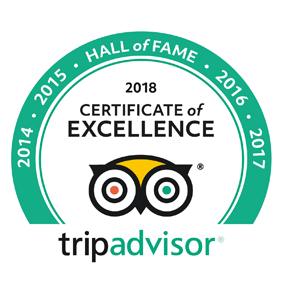The Himalayas change all the time. Every year is different with new challenges, new rules, and new adventures for those dreaming of trekking in Nepal. However, 2025 is not only going to be another trekking season but also a milestone. Nepal has changed the whole trekking and climbing landscape this year. There are new trekking regulations and mandatory permits, mountaineering rules that are stricter and peaks that are newly opened. If you are a trekker willing to come to Nepal in 2026, then read on to get the complete details of what is happening in Nepal now so that you will not only be prepared but also be at the forefront of the changes.
Mandatory Guides for All Treks
The most significant single change in Nepal trekking regulations 2025 /26 is definitely the phasing out of solo trekking. Hence, trekking alone is no longer allowed. Every trekker must now be accompanied by a guide who is not only licensed but also affiliated with a Nepali trekking agency that is registered.
Why the change?
- Safety first: The whole rescue operation and getting the right way will be much quicker with well-trained guides.
- Local economy: The new rule creates more jobs for local people and guarantees that the money from tourism will be re-invested in the mountain areas.
- Quality control: A guide with a license not only makes the trekking experience better but also looks after the environment.
TIMS Card Is Now Non-Negotiable
The Trekkers’ Information Management System (TIMS card) isn’t new, but in 2025, it has become mandatory for every trekking route across Nepal.
Previously, some regions allowed trekkers without TIMS, but not anymore. Now, whether you’re hiking the Everest Base Camp Trek, Annapurna Circuit, or even short routes like Mardi Himal Trek, you’ll need a valid TIMS card before you hit the trail.
With Adventure Great Himalaya, you don’t have to worry about permits, we handle TIMS and permit works.
Restricted Area Treks: Stricter Rules
If you plan to visit Upper Mustang, Manaslu, Kanchenjunga, or Dolpo, then be prepared for stringent rules. In 2026: for every restricted area permit, there have to be at least two trekkers. The trekkers should take the assistance of a proper trekking agency and they should book their trek. A certified guide is compulsory. These rules are being implemented to conserve the delicate ecosystems and preserve the culture of the isolated Himalayan regions.
Sustainability at the Heart of Trekking
Eco-friendly trekking in Nepal is not only a trend, but a necessity as well. The authorities and the locals are encouraging the lodges and the trekkers to lower the amount of waste they produce and to completely eliminate the use of single-use plastics. Some national parks have already reached a stage where they put restrictions on the number of trekkers allowed during the peak season so that the Himalayan environment can stay clean.
New Everest Climbing Rules & Costs in 2026
Climbing Mount Everest in 2025 has changed drastically. In order to ensure more safety and limit the number of people who reach the peak, Nepal has implemented tougher rules and more expensive permits for the highest mountain on earth. Those are the main updates that every climber should know:
- Mandatory to Have Prior Experience: To obtain the Everest climbing permit, the mountaineers must prove that they have already climbed at least one 7,000-meter peak in Nepal. This rule not only assures that only the most skilled are the ones who dare Everest, but also decreases the risk for both mountaineers and the rescue team. For numerous people, it implies that the ascent of the likes of Baruntse (7,129m) or Himlung Himal (7,126m) followed by Everest will be their climbing training.
- Health & Fitness Requirements: Nepal has also introduced tougher medical and fitness check for all climbers. There could be a health check within 30 days before the climb in some cases, but the official details are unclear. What is certain, however, is the provision of a medical fitness certificate by a climber to make sure that he is capable of the high altitude and cold weather. The plan is to prevent medical issues caused by mountain conditions.
- Higher Permit Fees: The price of climbing Mount Everest has increased a lot for the very first time in years. The new government fee system is as follows from 1st September, 2025:
- Spring (March–May): Raised from $11,000 → $15,000 per person.
- Autumn (Sept–Nov): Raised from $5,500 → $7,500 per person.
- Winter & Monsoon (Dec–Feb, June–Aug): Raised from $2,750 → $3,750 per person.
Increase by 36% is one of the steps taken by Nepal in order to control the number of people on the mountain, to improve the infrastructure for mountaineering, and to allocate the funds to the safety measures. The royalties on other peaks in Nepal have also been increased, though, the fees for Everest are still the highest.
How to Get Ready for Trekking in Nepal 2026
If you want to trek trek in Nepal this season this is your guided and updated checklist:
- First of all, be sure to book your trek via a registered Nepali agency.
- Have your licensed guide ready, i.e. you get your guide prearranged and planned.
- Do not forget to carry your TIMS card and permits along with you.
- Completely measurable and friendly to the environment, pack your trekking gear (water filters, reusable bottles, and no plastics).
- If you are going to climb the high peaks then, check out the experience requirement.
- Have fun with the newly opened peaks if you are looking for a different kind of adventure.
2025 is not merely about adhering to the regulations but rather experiencing Nepal in a way that is more secure, Eco-friendly and fulfilling. To a great extent, it depends if you are going after the iconic Everest Base Camp Trek, the Annapurna Circuit, or venturing into the newly opened western peaks of Nepal in this year.
And the easiest way? Let Adventure Great Himalaya take care of everything, from permits to guides to logistics, so you can focus on enjoying the journey.
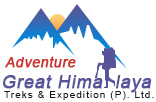
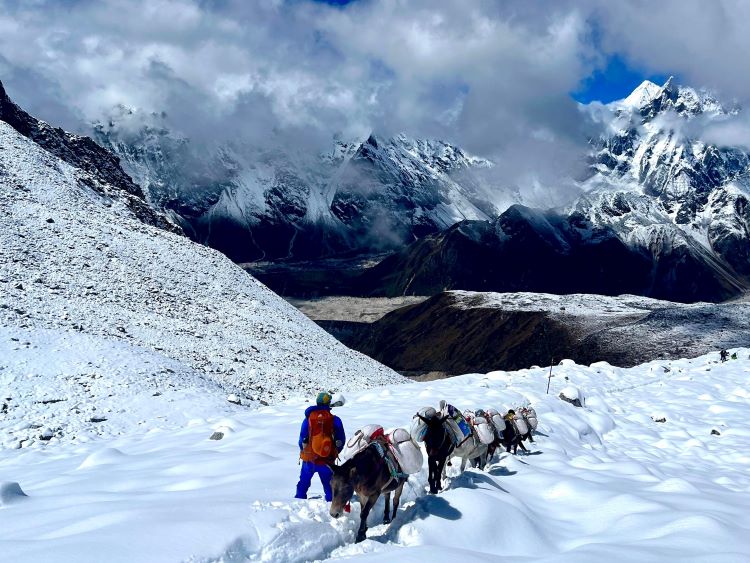
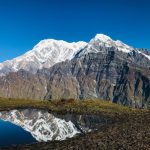 Saturday, August 30th, 2025
Saturday, August 30th, 2025
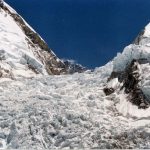 Wednesday, August 27th, 2025
Wednesday, August 27th, 2025
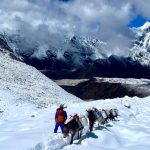 Wednesday, August 20th, 2025
Wednesday, August 20th, 2025
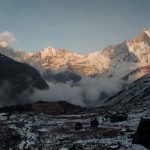 Wednesday, August 20th, 2025
Wednesday, August 20th, 2025
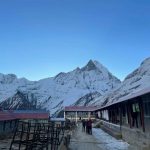 Wednesday, August 13th, 2025
Wednesday, August 13th, 2025
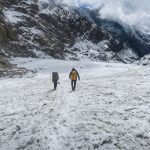 Wednesday, August 6th, 2025
Wednesday, August 6th, 2025
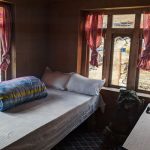 Monday, July 7th, 2025
Monday, July 7th, 2025
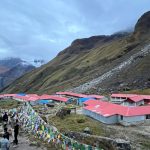 Thursday, July 17th, 2025
Thursday, July 17th, 2025
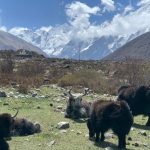 Monday, July 7th, 2025
Monday, July 7th, 2025
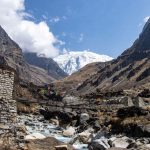 Friday, May 9th, 2025
Friday, May 9th, 2025
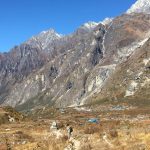 Saturday, June 14th, 2025
Saturday, June 14th, 2025
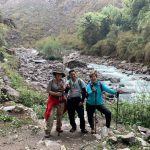 Wednesday, June 25th, 2025
Wednesday, June 25th, 2025
 Tuesday, August 5th, 2025
Tuesday, August 5th, 2025
